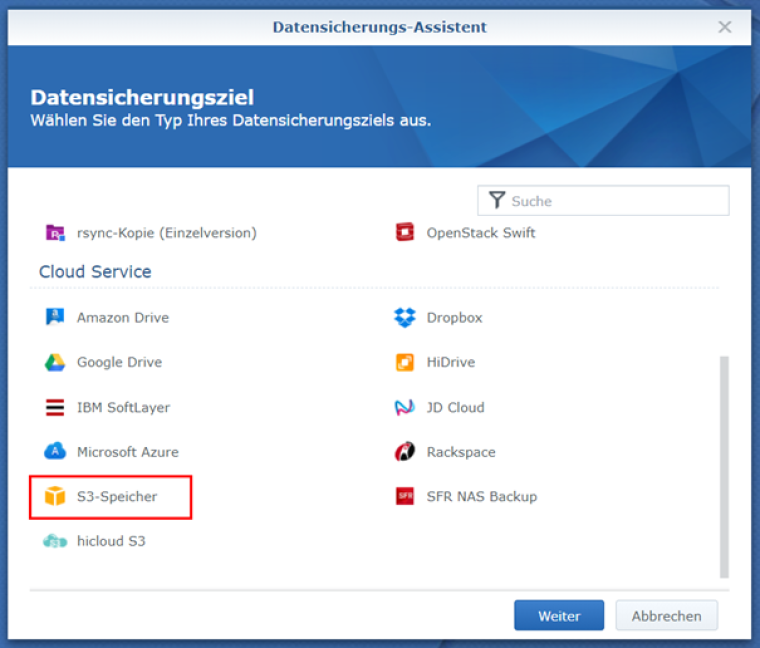

If you decide HiDrive isn’t the cloud storage service for you, our cloud storage comparison tool will help you target other options. See the pricing section below for more information. However, be warned that the free plan is offered through a different portal than HiDrive’s traditional plans, and upgrading will cost you more. If you’re looking to try the service out yourself, there is a free HiDrive plan.
Hidrive backup full#
We’ll also point out some problems with its security, headlined by the fact that the service puts the full responsibility of file encryption on the user. While priced similarly to Dropbox, HiDrive just doesn’t have enough features to prove a very compelling member of the Dropbox alternatives club.ĭuring this HiDrive review, we’ll walk you through the highlights you’ll want to know about before signing up yourself, including looking at its sync and file sharing capabilities. Launched in 2010, HiDrive is the cloud storage solution of Berlin-based Strato, an internet hosting service.
Hidrive backup how to#
MP4 Repair: How to Fix Corrupted Video Files in 2019.Best Choice Stellar Phoenix Data Recovery.
Hidrive backup password#
How to Set Up a Strong Password in 2020.

How to Securely Store Passwords in the Cloud.Best Password Manager for Small Business.How to Access the Deep Web and the Dark Net.Online Storage or Online Backup: What's The Difference?.Time Machine vs Arq vs Duplicati vs Cloudberry Backup.The rsync variant runs about two minutes. But an rm -rf on a snapshot directory is by no means feasible - it lasts for hours on a typical backup snapshot, and I have to perform some 16 to 20 deletions per night. They also have a cifs interface that is perfectly usable for a small number of file operations. But in our case, hard links are broken anyway (for the files with differing permission bits). This makes me think that not using -inplace should result in broken hard links. Needs to be updated: instead of the default method of creatingĪ new copy of the file and moving it into place when it isĬomplete, rsync instead writes the updated data directly to This option changes how rsync transfers a file when its data From the manpage I learned that the option -inplace should do the trick: I've been tackling the problem for several days now, tinkering with the options of the deleting rsync in different combinations. Problem is that all permissions on all linked files get squashed by the deleting rsync (they all end up with 644 permissions where some of them should have 444). Rsync -d -delete-before -inplace -perms \ For the deletion task, I use another script which at its heart has the following rsync command: empty_dir=`mktemp -d` All of this works very well.ĭuring the night, another script gets started that cleans out snapshots that are no longer used. Where all of the shown variables in advance are set to the correct values by the script. My backup script makes heavily use of rsync's ability not to copy unchanged files, but to hard link them instead.

During work time, most of my local server files get backed up in the cloud by a cronjob. Using a cloud based storage medium (Strato's HiDrive product), I employ a backup scheme using rsync.


 0 kommentar(er)
0 kommentar(er)
